What Is Douglas Fir
Douglas Fir is often the standard against which all other framing species are measured. Its strength combined with a superior strength-to-weight ratio, high specific gravity (for excellent nail and metal truss plate-holding capability), excellent dimensional stability, the moderate decay resistance of its heartwood, and documented excellent performance record against strong forces resulting from winds, storms and earthquakes, have given Douglas Fir its strong reputation. It is also tight knotted and close grained, adding the bonus of beauty to its structural capabilities. Color, grain pattern, knot size and type are addressed in the rules for appearance grades.
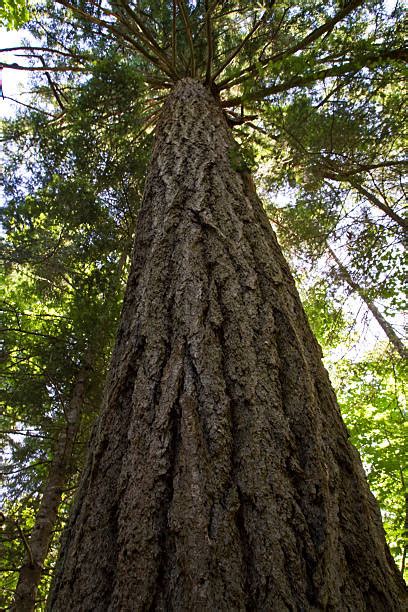
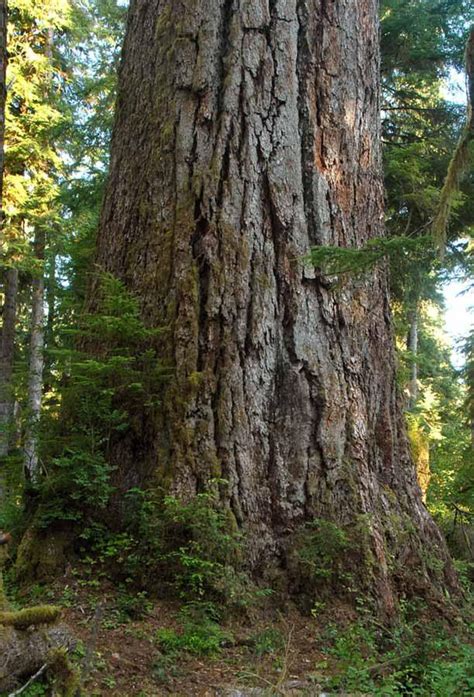
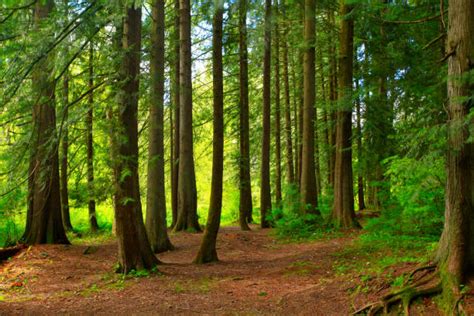
Douglas Fir grows throughout Western forests with the most abundant region being in the coastal climates of Oregon, Washington and northern California. In the Inland Region, east of the crest of the Cascade Mountains, Douglas Fir and Western Larch often grow in intermixed stands. Coastal and Inland Douglas Fir and Western Larch share similar structural performance characteristics and are often combined in dimensional lumber structural products with sterling performance history recognized worldwide.
Douglas Fir trees are among the tallest on the continent, second only to coastal redwoods. They average from 150′ to 200′ in height, from 2′ to 6′ in diameter and are found at elevations ranging from sea level to 6,000 feet.
Claims are that early loggers in what came to be Oregon and Washington often felled 400′ tall trees, each containing enough high-grade lumber to build seven houses! The lofty tree was the Douglas fir, and it still dominates the great forests of the Pacific Northwest.
In 1827, English botanical explorer David Douglas recognized the fir’s resource potential. Hoping that the easily grown tree could adapt to his country’s reforestation efforts, he shipped seed cones from the Columbia River basin back to the British Isles.
Douglas Fir – Fast Growing Timber
From that introduction, the fir found favor as fast-growing timber first in England, then throughout western Europe. Now, even the adopted habitats of Australia, New Zealand, and South Africa boast Douglas Fir forests.
In the U.S., Douglas Fir (Pseudotsuga menziesii) naturally ranges from the Mexican border north to Alaska, and from the Pacific coast east to the Rocky Mountains. Often found in pure stands, the trees can attain an average mature height of about 300′ and diameters from 10′ to 17′.
On older trees, the rough bark may be 12″ thick. Younger trees have a smooth bark with frequent blisters filled with a pungent resin.
Tiny winged seeds, released from cones as large as a man’s fist, quickly germinate in sufficient sunlight. Because of this, Douglas Fir quickly takes over and reforests burned or clear cut areas.
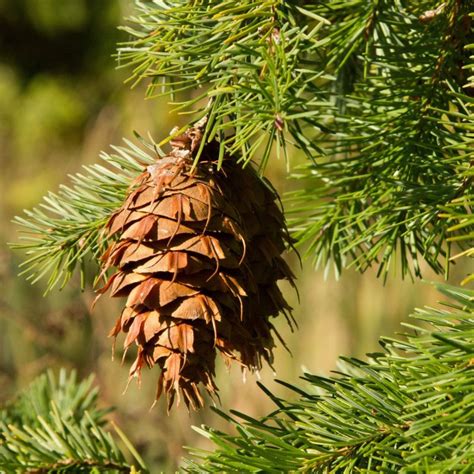
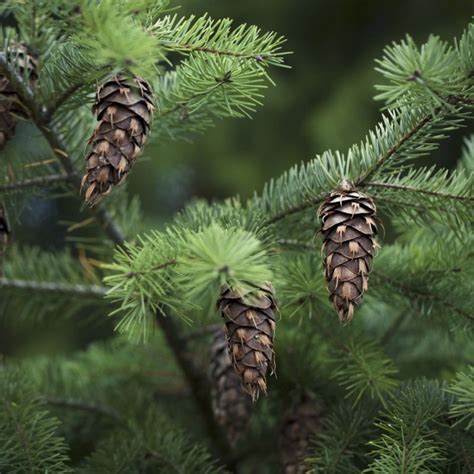
Douglas Fir’s pinkish-yellow to orange-red heartwood provides a distinct contrast in the growth rings. On flat sawn boards and rotary cut veneer, this translates to an abrupt color change. The thin band of sapwood is often nearly pure white.
Is Douglas Fir Strong?
In comparison to its weight, Douglas Fir ranks as the strongest of all American woods. It is also stiff, stable, and relatively decay resistant.
It’s coarse texture can’t easily be worked with hand tools. And to avoid tearing grain, even power tool blades must be sharp. Yet, the wood grips nails and screws securely, and readily accepts all types of adhesives.
Because it contains fewer resins than many other softwoods, count on success with paint and clear finishes. Staining, however, becomes a problem due to the light-to-dark variation between growth rings that causes uneven coloration.
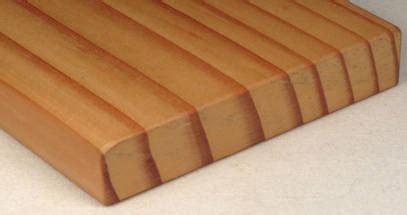
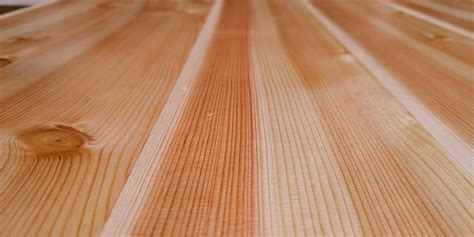
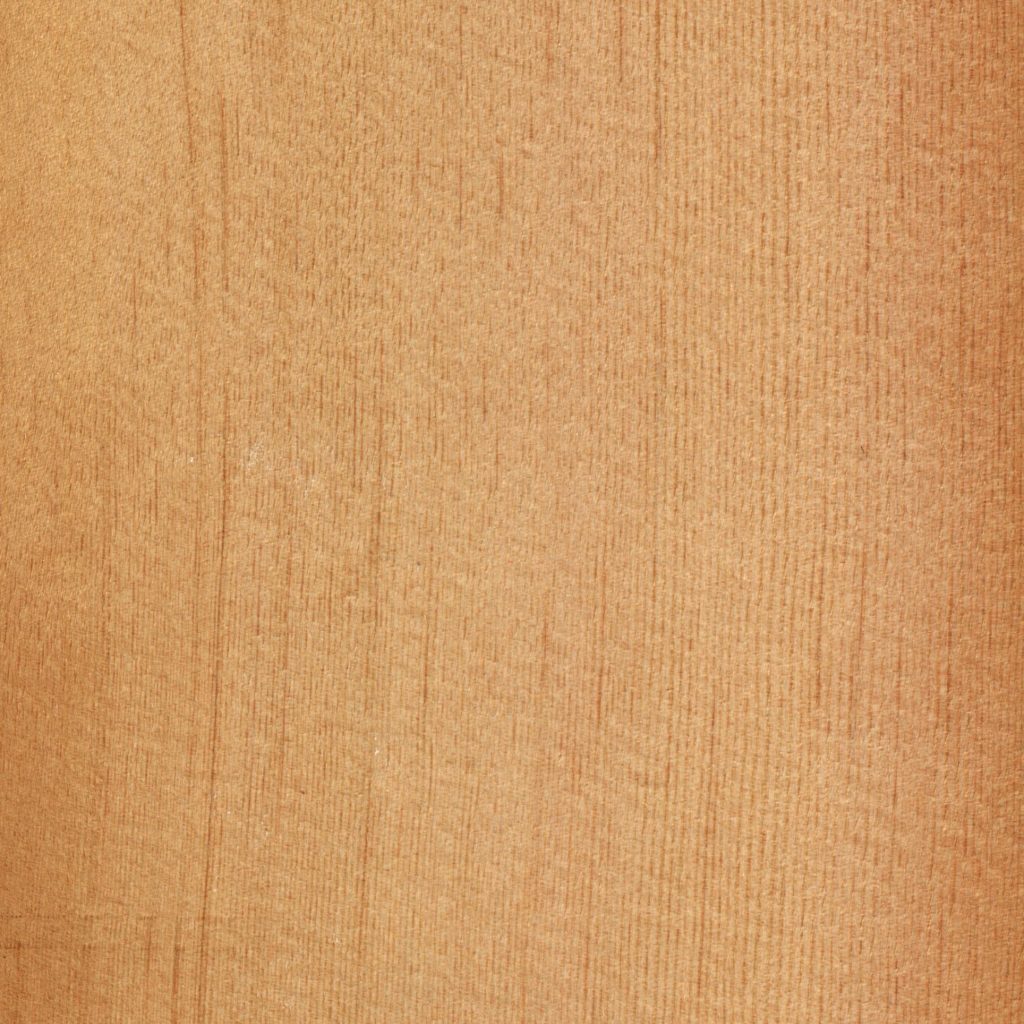
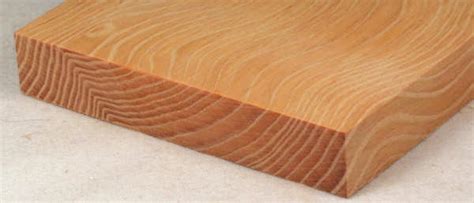
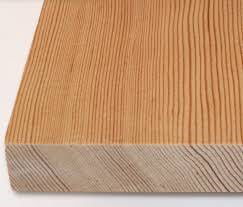
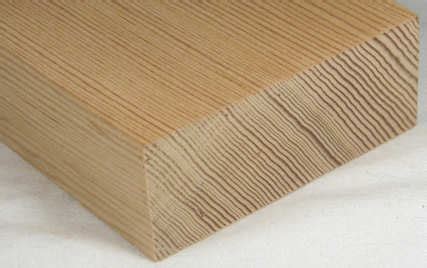
In the construction world, softwoods are primarily used for framing lumber, siding, paneling, and decks.
Here are the most common uses:
- Framing lumber – Straighter walls due to its stability. Better looking studs and plate material.
- Pattern stock – Known for beautiful grain and ease of staining. Vertical grain is almost synonymous with mid-century moderns and contemporary exteriors and interiors.
- Timbers and beams – Textured or smooth, structural strength, splits and checks are part of natural beauty and character
- Doors – The classic wood door is vertical grain of Douglas Fir, for traditional homes or contemporary
- Exterior Applications – Old growth, tight grain wood still readily available, reasonably priced and is naturally more durable and resistant to decay, Great for fascia, trim and cornice mouldings.
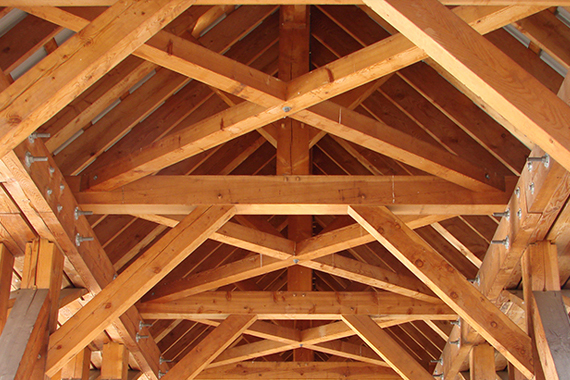
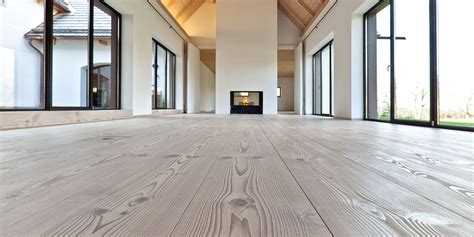
Why are we at DP Juza Woods and Fixtures so impressed with the species?
The wood’s appearance and easy-working properties have earned it a spot in the manufacturing of windows, doors, and moldings.
Flat sawn, Douglas Fir makes attractive, serviceable cabinets and paintable furniture. Sawn as vertical grain, Douglas Fir performs well as flooring and looks stunning as cabinetry as you can see in our recent MetalLark Tower Project.
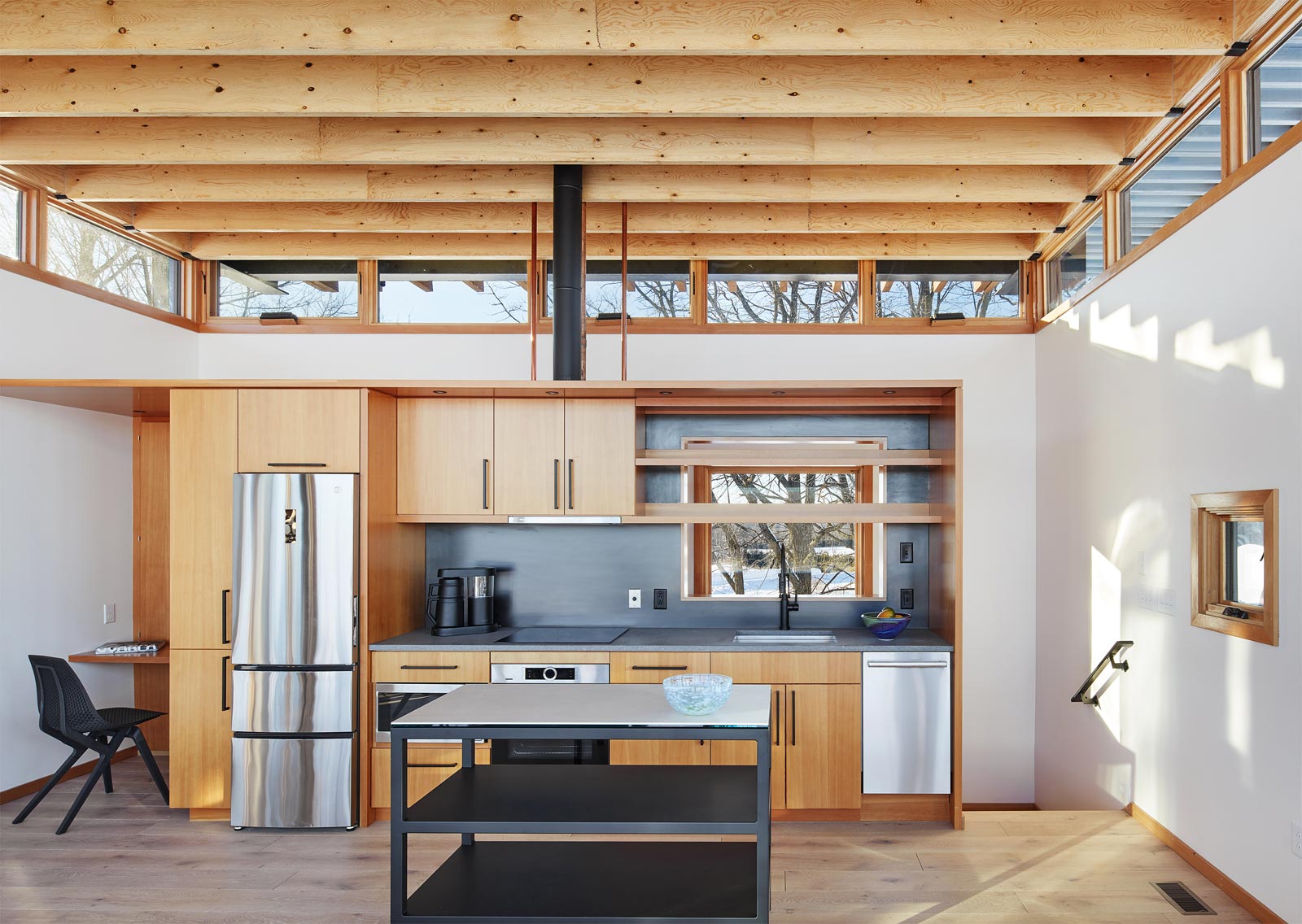
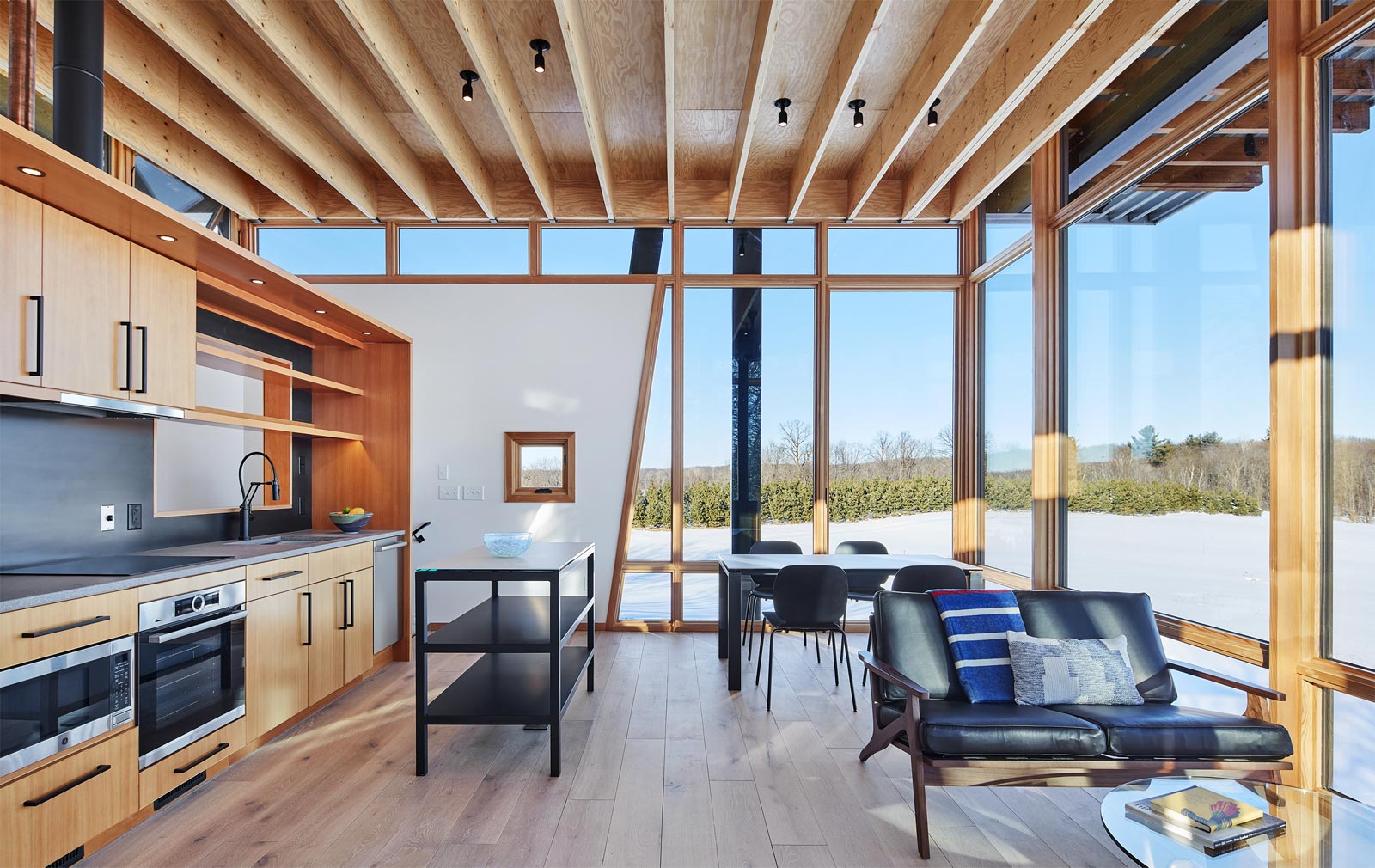
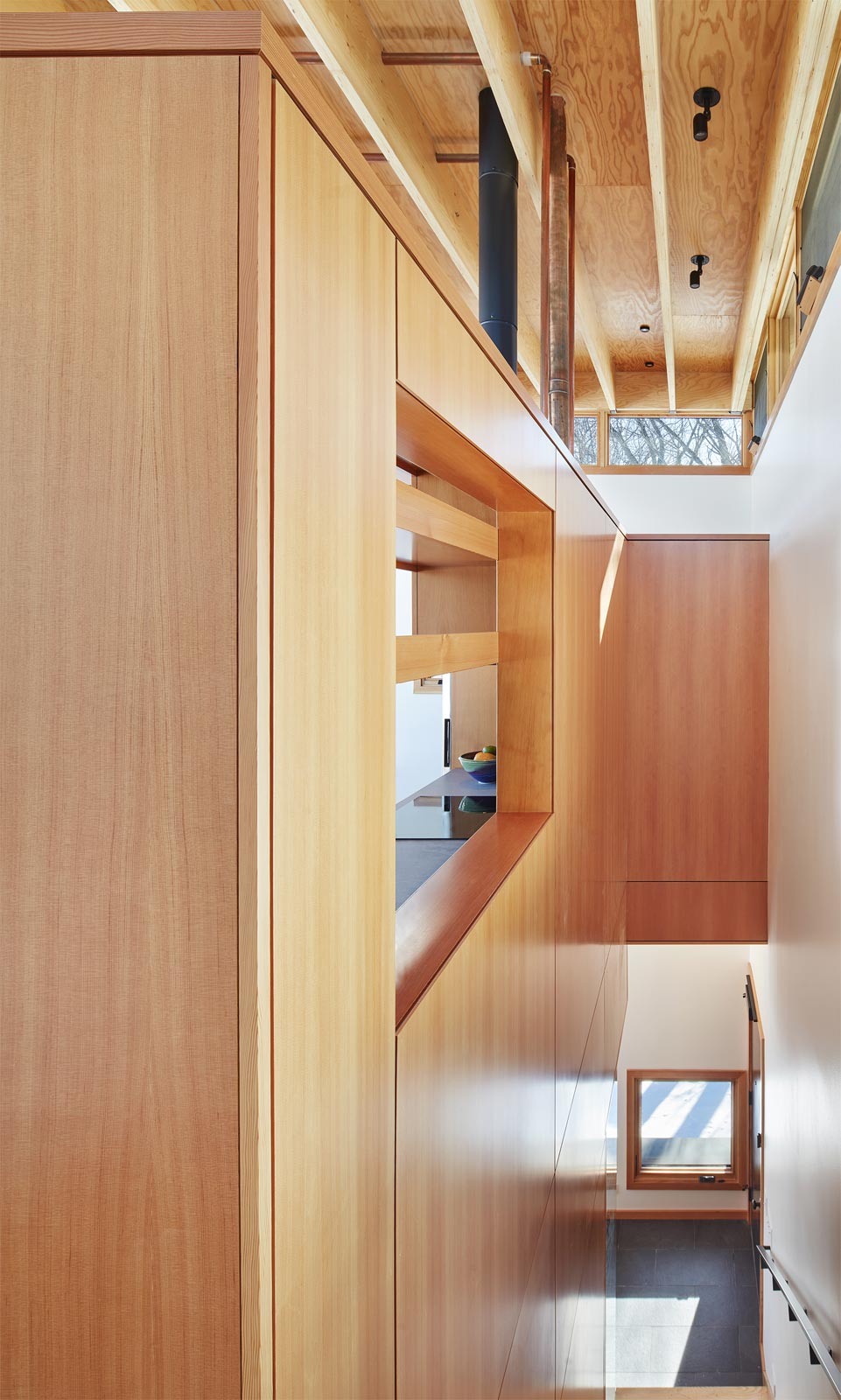
Found across most of the nation as common construction lumber, this wood falls in the inexpensive price range. However, sawn for vertical grain and graded for superior finish, the cost rises about 3x.